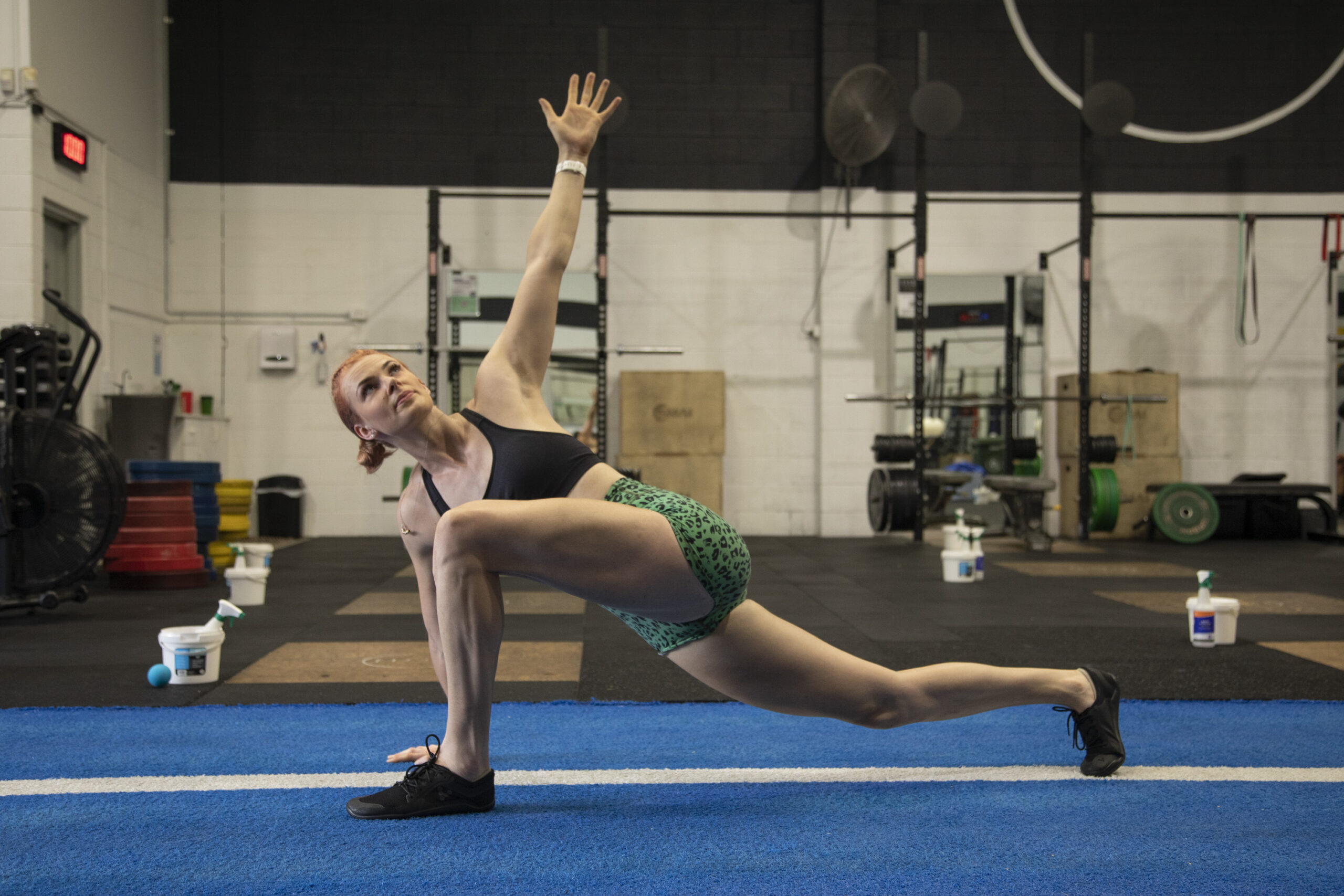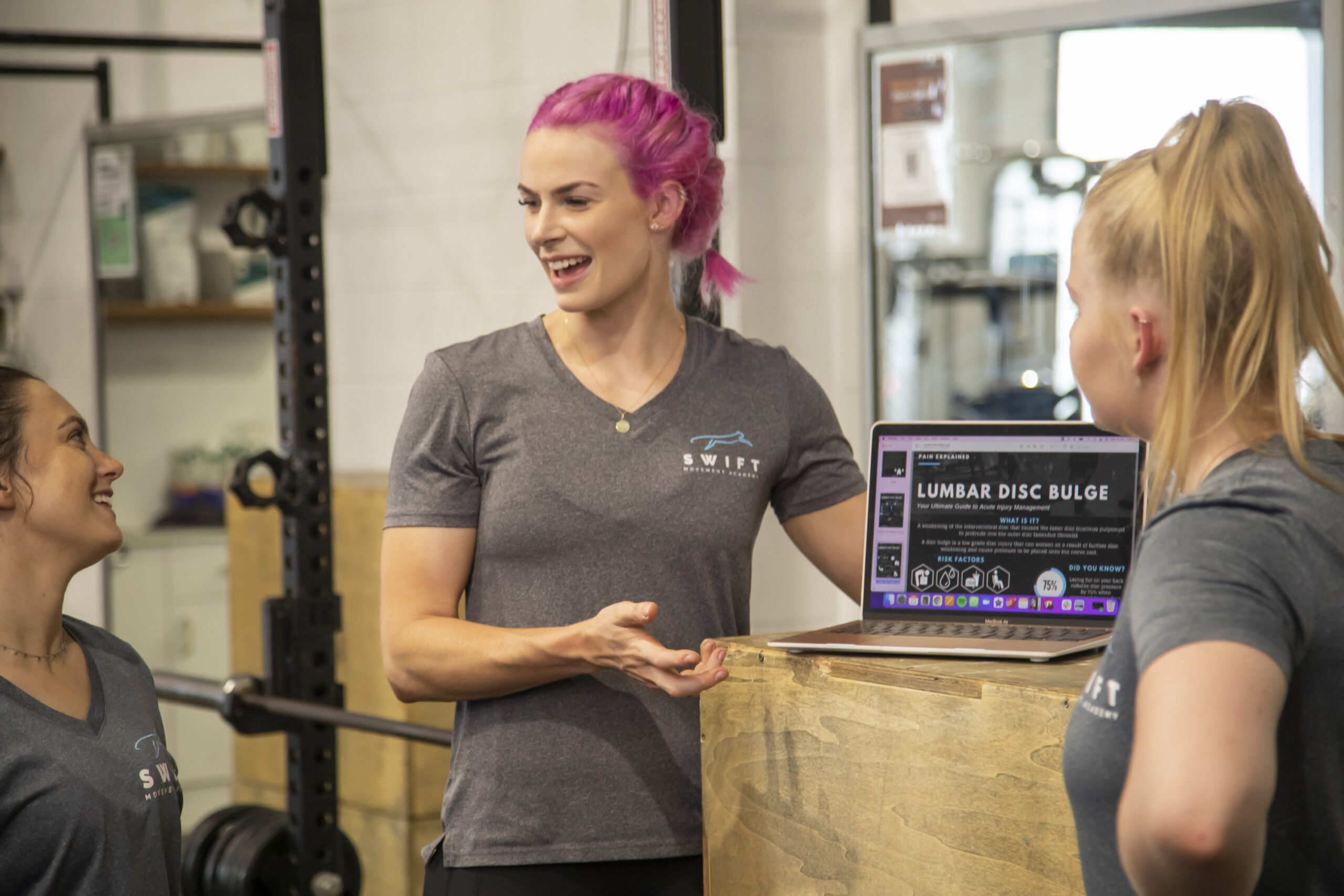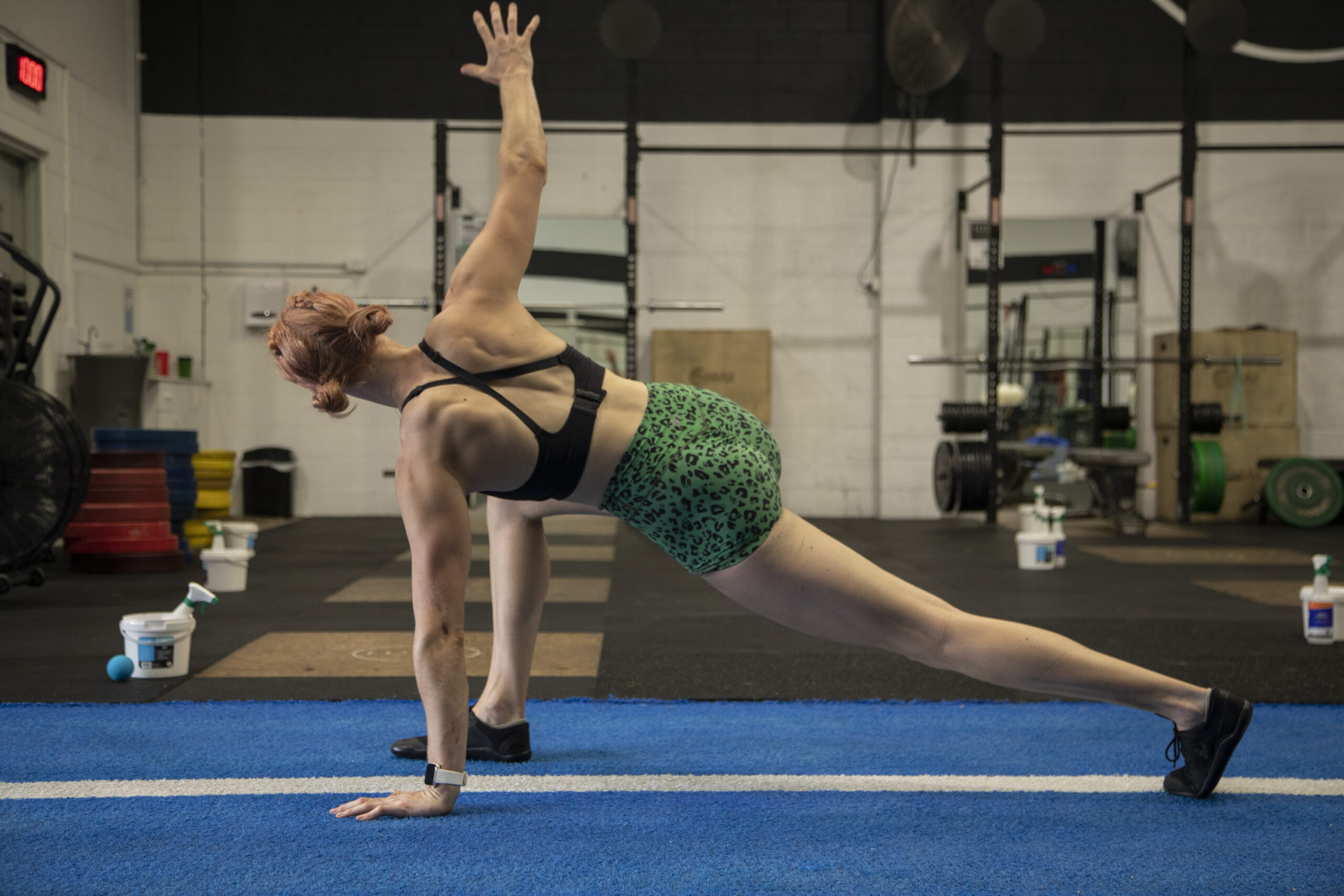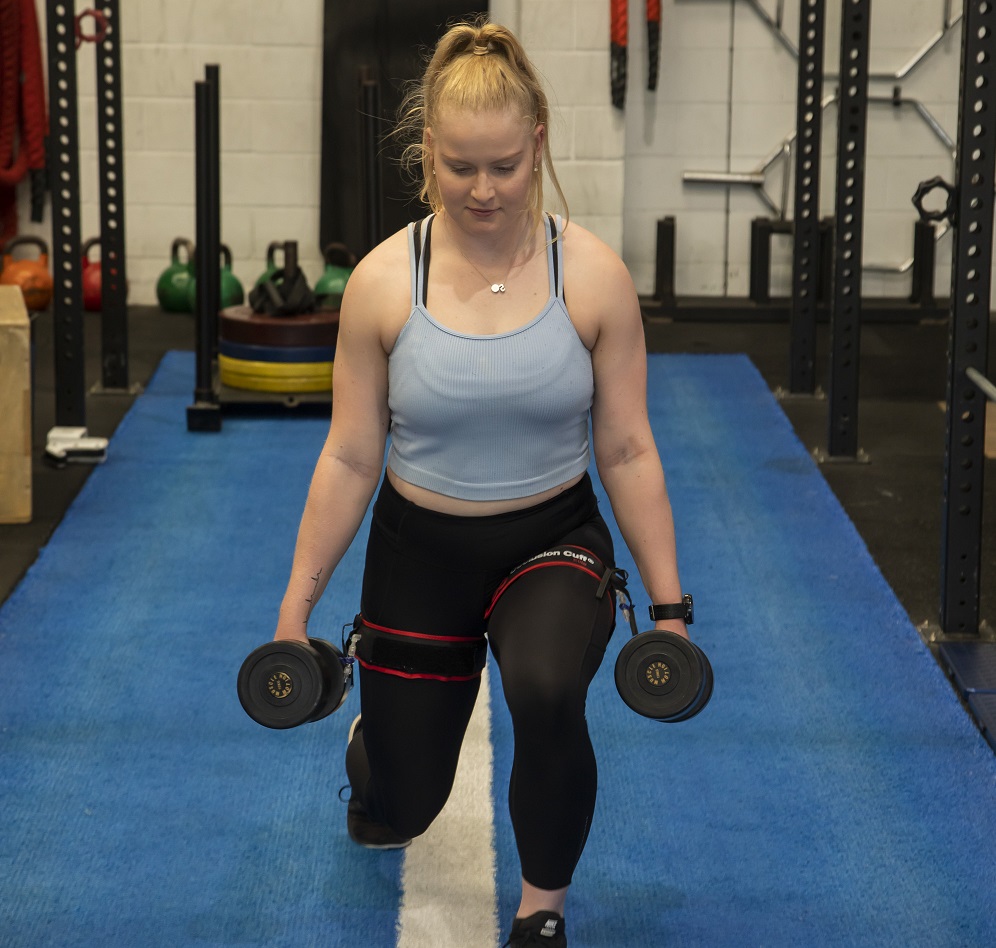Recovery is an essential part of any fitness regimen, but many people overlook its importance. Resting after intense workouts is a great start, but there are other recovery methods that you can use to get even better results. In this article, we’ll compare the benefits of active recovery and resting, two popular recovery methods, and help you decide which is best for you and your fitness goals.
Active Recovery
Active recovery refers to low-intensity exercises that help improve blood flow to the muscles and promote faster recovery. There are different types of active recovery, including low-intensity cardiovascular exercises, stretching and foam rolling, yoga or Pilates, and massage therapy.

Benefits of Active Recovery for Workout Recovery:
- Reduces muscle soreness and stiffness
- Increases blood flow and oxygen to the muscles
- Enhances mental well-being by reducing stress and anxiety
- Improves range of motion by reducing muscle soreness and stiffness
- Increases endurance by promoting blood flow and oxygen to the muscles
Resting
Resting is another popular recovery method that involves taking time off from physical activity. There are two types of resting: passive resting and active resting.

Benefits of Resting for Workout Recovery:
- Allows your muscles to repair and recover, which is necessary for growth and development
- Decreases the risk of injury by allowing your body to recover and repair itself
- Reduces mental and physical fatigue by allowing your body to rest and recover
- Boosts your immune system, which can aid in the recovery process
Which Recovery Method is Best?
The choice between active recovery and resting depends on several factors, including the type of workout you’ve done, your fitness goals, and your overall health. For example, after an intense workout, active recovery can help reduce muscle soreness and promote faster recovery. If you’re feeling tired or burnt out, taking a break and practicing resting can help you recover and prevent injury.
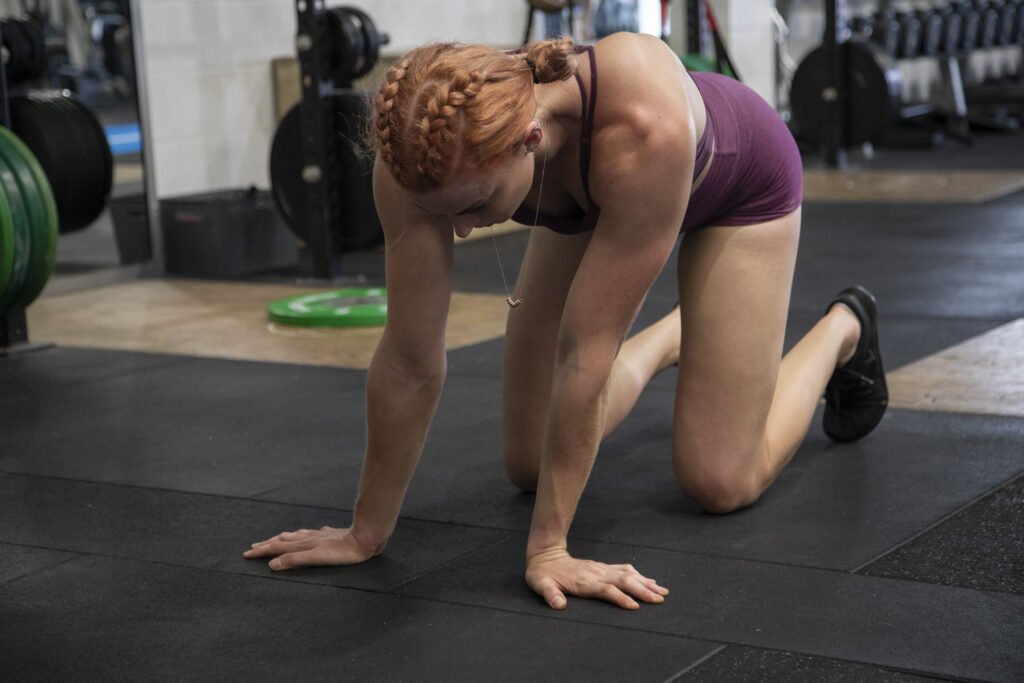
Conclusion
Recovery is a vital part of your fitness journey, and it’s essential to find the right balance between active recovery and resting. Remember to listen to your body and adjust your recovery method based on how you’re feeling. By doing so, you’ll be able to recover faster, prevent injury, and achieve your fitness goals.
- American Council on Exercise. (2019). What is active recovery and why is it important? https://www.acefitness.org/education-and-resources/lifestyle/blog/6848/what-is-active-recovery-and-why-is-it-important
- Gleeson, M. (2007). Immune function in sport and exercise. Journal of Applied Physiology, 103(2), 693-699. https://doi.org/10.1152/japplphysiol.00008.2007
- Healy, A. (2019). What is the difference between rest and recovery? Verywell Fit. https://www.verywellfit.com/rest-vs-recovery-whats-the-difference-4160852
- National Institute of Arthritis and Musculoskeletal and Skin Diseases. (2019). Exercise and physical activity: Your everyday guide from the National Institute on Aging. U.S. Department of Health and Human Services. https://www.nia.nih.gov/health/exercise-physical-activity
- Nieman, D. C., & Wentz, L. M. (2019). The compelling link between physical activity and the body’s defense system. Journal of Sport and Health Science, 8(3), 201-217. https://doi.org/10.1016/j.jshs.2018.09.009
- Ratamess, N. A., Alvar, B. A., Evetoch, T. K., Housh, T. J., Kibler, W. B., Kraemer, W. J., … & Triplett, N. T. (2016). American College of Sports Medicine position stand. Progression models in resistance training for healthy adults. Medicine and Science in Sports and Exercise, 48(3), 687-714. https://doi.org/10.1249/MSS.0000000000000909

